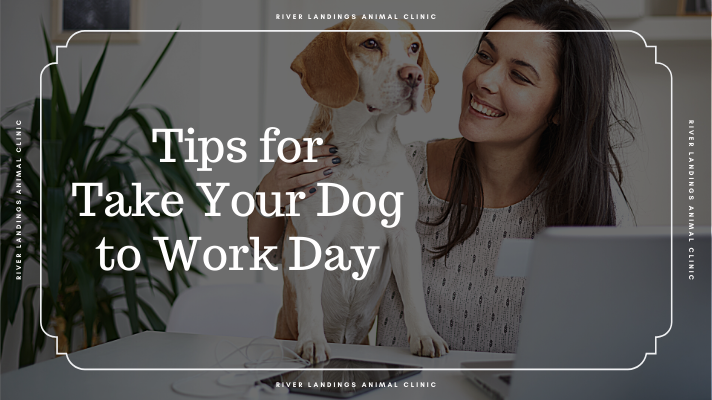You've heard it before. Limited Ingredient Diets. Grain-Free. Allergen-Free. Animal byproduct free. The majority of these companies suggest that these dog food formulas may be helpful for pets with allergies. How true are these claims, though?
As it turns out, food allergies are not as common as many pet food companies and websites may like for you to think. And while food allergies are one possible cause for your dog’s itchy skin, ear infections, or your cat’s diarrhea—there are many more likely causes which may have nothing to do with the food
What is a food allergy?
Food allergies occur when an animal’s immune system misidentifies a protein from an ingredient in their food as an invader rather than a food item and mounts an immune response. The end result of this response can be itchy skin or ear and skin infections in some pets, while it may cause vomiting or diarrhea in others. Some unlucky pets will have both skin and gastrointestinal symptoms. However, food allergies have to be distinguished from numerous other more common causes of these issues.
What are other causes of gastrointestinal signs in dogs and cats?
There are dozens of causes of gastrointestinal issues in dogs and cats – parasites, viruses, bacterial infections, pancreatitis, eating something they shouldn’t, and many others. For pets that have symptoms only on certain diets, it could be due to a food allergy, but it could also be due to an intolerance. For instance, the food may have too much fat, too much or too little fiber, or have other properties or ingredients that don’t agree with that particular pet but aren’t due to an allergy. An appointment with your veterinarian will help narrow down the issue(s) at hand.
What are other causes of itching, and skin and ear infections?
The most common cause of itching, skin infections, and ear infections in both dogs and cats are fleas, allergies to fleas, and environmental allergies – dust mites, pollen, grasses. Both flea allergies and environmental allergies are MUCH more common in pets than food allergies but flea, environmental, and food allergies can all have similar symptoms.
Diagnosis of food allergies
One of the most frustrating things about food allergies is that there really isn’t an easy test. While many tests – using blood, saliva, and even hair – that can be performed by your veterinarian or purchased by a pet owner online (and even sometimes shockingly, through a Groupon!) advertise that they can diagnose food allergies or “sensitivities”, there is no proof that they work. None of the currently available tests have been shown to be accurate – that non-allergic dogs test negative and allergic dogs (and only allergic dogs) test positive. In fact, multiple studies have shown that these kinds of tests are not very helpful in diagnosing food allergies, despite their widespread use for this purpose. Research results presented at a veterinary dermatology conference even showed that some tests “diagnosed” plain water and stuffed animal “fur” as having food allergies.
The “gold standard” or best method that we currently have, for diagnosing food allergies is the dietary elimination trial. This means feeding your pet a diet purchased through a veterinarian or carefully made at home that contains only a few ingredients (typically one protein and one carbohydrate plus necessary fats, vitamins, and minerals) that your pet has never been fed before or that are hydrolyzed (where the proteins are broken down into very small pieces that can hide from the immune system) or purified to remove the parts that are likely to cause allergies. This diet is then fed as the only food or flavored thing to go into your pet's mouth for a minimum of a month or more, depending on your pet's medical history and issues. If your pet’s signs dramatically improve during the trial, then to confirm a food allergy, your pet then has to go back to the old diet again. A quick relapse is suggestive of an allergy to an ingredient in the old diet. You then go back to the test diet until things get better again before trying one ingredient from the old diet at a time until you identify the specific foods that trigger the problem. Many people switch diets and their pets’ signs improve, but they never re-challenge, so we can’t know if it was coincidence or the diet that actually helped the pet! We see this commonly when the seasons change – pet owners assume it was the diet that caused the improvement in their pet’s allergies when actually it is because seasonal allergens – such as certain pollens – are much reduced.
The “allergy diet” myth
There are no diets that are completely “hypoallergenic”, meaning that they will not cause allergies. The closest we have to this kind of a diet are the hydrolyzed diets that can be purchased through veterinarians. Dogs and cats can be allergic to pretty much any protein or carbohydrate ingredient that can be found in pet food. Feeding a diet with duck, kangaroo, lamb, or venison doesn’t prevent food allergies, it just makes it likely that if your pet develops one, it will be to that protein instead of something more common like pork or chicken. Likewise, there is no evidence that continually changing (rotating) diet ingredients prevents food allergies, but it definitely can limit diet choices to try to diagnose them (since every ingredient your pet has eaten before is no longer available to be used in a dietary elimination trial).
What foods are associated with the most allergies in pets?
While the overall percentage of dogs and cats that have food allergies is low, there are some ingredients that are associated with more of the confirmed cases than others. The most commonly reported food allergies in dogs and cats are chicken, beef, dairy, and egg (and fish for cats). There is nothing particularly special about these ingredients other than they have been the most common ingredients in pet foods for the past few decades, so both cats and dogs often have been exposed to them a lot. What surprises many pet owners is that grains are actually uncommon causes of food allergies – most pets are allergic to animal proteins! Yes, the occasional pet is allergic to a specific grain, or even another plant-sourced ingredient such as potato, or even carrot, but this is less common than an allergy to an animal protein. Unfortunately, this information doesn’t prevent hundreds of companies from advertising their grain-free diets as being good for pets with allergies. Many companies also advertise gluten-free diets for pets. Gluten allergies seem to be extremely rare in pets, having been clearly documented only in Irish Setter dogs, possibly in Border Terrier dogs, and never in cats.
Do I have to use a diet from my vet for a diet trial?
Many companies make over-the-counter diets that they market as being good for dogs with allergies, but they often don’t live up to the hype. Many of these so-called “limited ingredient diets” contain more than 1 protein and 1 carbohydrate source. They may contain fruits and vegetables, alfalfa, kelp, or other ingredients that could interfere with a diet trial. Even those that only have 1 protein and 1 carbohydrate as well as the necessary vitamins and minerals listed on the bag may still contaminated with other ingredients. Several studies recently have shown that large proportions of over-the-counter diets contain ingredients (admittedly sometimes in very small amounts) not listed on the label, likely due at least in part to the common industry practice of running one diet after another in the same manufacturing line at the factory, without a thorough cleaning in between (this is like human foods that are labeled as being made in a factory that also processes nuts – even though they don’t contain nuts, they could have nut residues). Because of the high risk of contamination for over-the-counter diets, we strongly recommend using a veterinary diet for your dietary elimination trial (either novel ingredient or hydrolyzed, depending on the individual pet) or a carefully prepared home-cooked diet designed by a board-certified veterinary nutritionist. The best diets for a food trial have 2-3 ingredients plus fat sources (which are very low risk for allergies) and supplements. Diets for a diet trial should never include fruits and vegetables (unless a vegetable like a potato is one of the 2-3 ingredients), herbs, or ingredients such as kelp because they can make it hard to interpret the results if your pet doesn’t improve on the diet.
If your veterinarian diagnoses a food allergy using a dietary elimination trial with a veterinary diet or home-cooked diet, you may be able to manage your pet afterward with specific over-the-counter diets (once the specific allergen is identified), keeping in mind that you could see a flare-up if you unknowingly purchase a contaminated bag.















